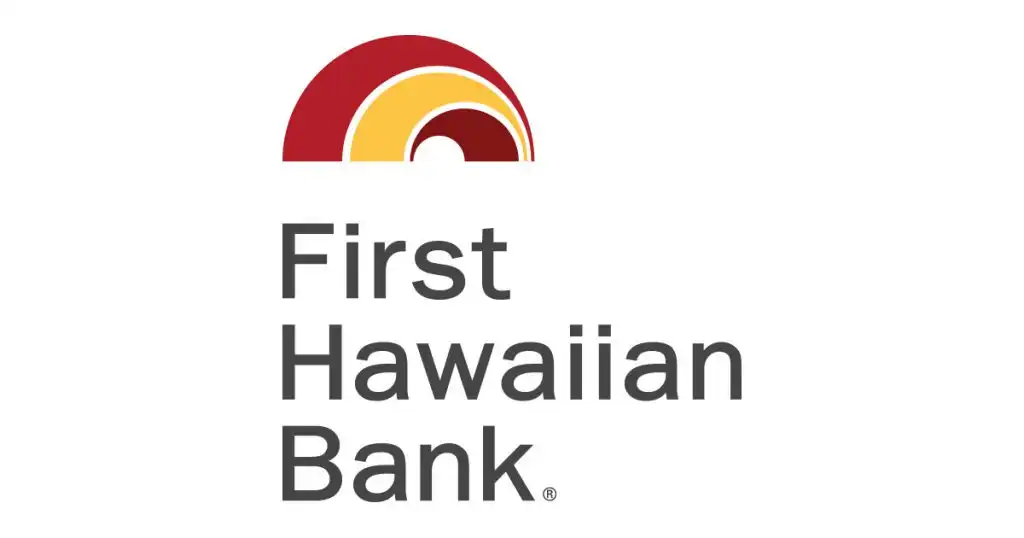Mayor Bissen responds to UHERO analysis of vacation rental phase-out economic impacts

Mayor Richard Bissen and his Communications Office have provided point-by-point responses to Monday’s release of the University of Hawaiʻi Economic Research Organization’s analysis of the mayor’s proposed phase-out of thousands of vacation rentals in apartment-zoned districts.
The phase-out proposal has gone through Maui County planning commissions. Now, it’s pending before the Maui County Council, which is expected to take up Bill 9 after work on the fiscal year 2026 County budget.
In summary, the UHERO analysis forecast the conversion of approximately 6,000 vacation rentals — primarily in South and West Maui — to long-term rentals or owner-occupied housing would increase housing availability and lower costs. However, it would come at the cost of widespread economic disruptions, including 1,900 job losses and a forecast decline in visitor spending of $900 million. State and County tax revenue also would take a hit of tens of millions annually, UH economists predicted.
In a prepared statement, Bissen said:
“It’s important to recognize that economic models — while helpful — cannot fully shape the future of our communities. They do not reflect the lived experiences of our residents: the families crowded into multigenerational homes because younger generations can’t afford their own, the workers commuting longer distances or leaving Maui entirely, and the growing strain on our infrastructure and sense of place.
“Most importantly, they fail to acknowledge the cultural loss we face when our people are forced to leave — when generations of knowledge, tradition, and aloha are displaced from the very communities that shaped them.”
The mayor said the UHERO analysis is a “valuable first step” in understanding potential economic impacts of the vacation rental phase-out proposal.
“Their work provides important insight into how this policy might affect tax revenues, employment, and visitor behavior, and it helps inform thoughtful decision-making,” he said.
Bissen added, though, that “the housing crisis on Maui is unprecedented. With TVRs comprising over 21% of all housing stock, the impacts are real, widespread, and deeply felt by our local families. This is not just a matter of land use — it’s about restoring housing to residents, honoring the intent of our residential zones, and reducing our over-dependence on tourism.”
The mayor noted that the UHERO report acknowledged that TVRs directly impact housing affordability and availability.
“In a crisis like ours, even a modest return of units to long-term residential use will make a meaningful difference,” Bissen said.
The mayor said many of the units on the so-called Minatoya List of condominium units in apartment-zoned districts but grandfathered to operate as vacation rentals “function more like hotels than homes.”
“For those, we encourage property owners to seek rezoning or special use permits to ensure their operations are aligned with the appropriate land use designations,” he said.
According to the mayor, “Bill 9 is just one piece of a broader strategy to address our housing crisis.”
“We’re also exploring affordable housing programs, policy reforms, tax incentives, deed restrictions, expedited permitting, infrastructure investment, and new housing development,” he said. “No single solution will solve this crisis — but together, these efforts build a strong, long-term path forward.”
Bissen said visitors are welcome in Maui County, “but not at the cost of displacing those who call Maui home.”
“The cultural and social costs of inaction are too high,” he said. “Protecting our people and preserving our quality of life is not just good policy — it’s a moral responsibility.”
The mayor did not back off moving ahead now with his vacation rental phase-out proposal.
“Delaying action only makes those challenges more severe,” he said. “This phase-out is not anti-tourism — it is pro-resident. It aligns with our community plans, our zoning laws, and the clear, consistent message we’ve heard from the people of Maui: our residents must come first.”
Mayor Bissen asked Council Member Tasha Kama, chair of the Housing and Land Use Committee, to schedule Bill 9 for Council consideration as soon as possible, now that there’s “a clearer picture of economic implications.
The Mayor’s Communications Office made the following points regarding the UHERO report and Bill 9.
- With more than 15,000 short-term rentals in Maui County, they represent more than 20% of the county’s housing total housing stock. Vacation rentals make up roughly 50% of housing in South Maui and 34% in West Maui, with many apartment-zoned buildings operating as “de facto hotels, displacing local families and contributing to record-high rents.”
- Overdependence on tourism has made Maui economically vulnerable, as illustrated by the August 2023 wildfires and COVID-19 pandemic.
- Short-term rentals concentrate wealth and economic benefits with off-island investors, while local residents bear the costs. Revenue from TVRs is not evenly distributed while the strain on local infrastructure, services and community impacts fall on full-time residents.
- Short-term economic impacts do not reflect long-term gains in restoring housing for local residents and “community balance.” Restoring units to residential use “reinforces zoning integrity and supports Maui’s transition toward regenerative tourism and a more sustainable economy.”
- TVRs in apartment-zoned districts violate the spirit, or letter, of local zoning laws aimed at ensuring livable neighborhoods.
- Regenerative tourism requires a shift in managing visitor accommodations. “Maui’s tourism future is not about volume, but value — and that means protecting spaces meant for residents.”
- Jobs lost in the vacation rental sector can shift elsewhere into fields like education, healthcare, construction, agriculture and traditional hospitality.
- While the UHERO report highlights potential losses in tax revenue, such impacts will not be felt immediately. They would occur only after the phase-out is implemented. “This gives the County time to plan and offset any potential reductions through other means.”
The County Communications Office pointed out that the UHERO study suggested options such as adjusting real property tax rates for transient vacation rentals, implementing an empty homes tax, or exploring policy adjustments like special use permits and rezoning.
“These tools provide a path forward that balances fiscal responsibility with our commitment to housing our local residents.”









